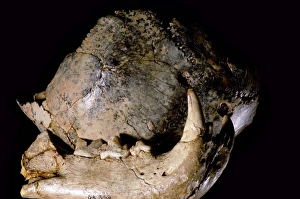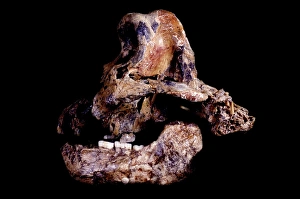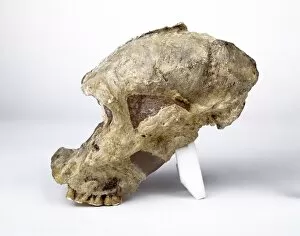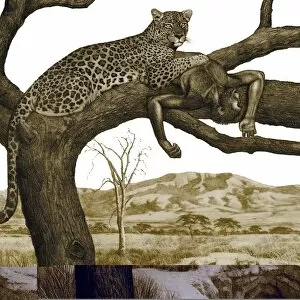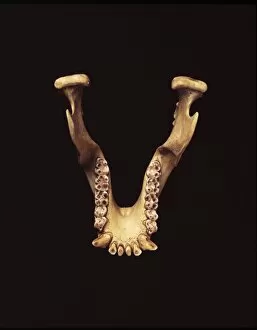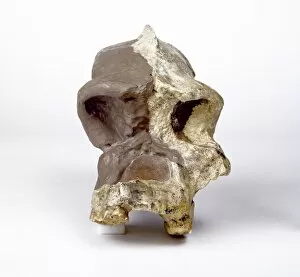Paranthropus Robustus Collection
"Unveiling the Enigma: Paranthropus robustus - A Fascinating Ancient Hominid Species" In the vast realm of human evolution
All Professionally Made to Order for Quick Shipping
"Unveiling the Enigma: Paranthropus robustus - A Fascinating Ancient Hominid Species" In the vast realm of human evolution, one species stands out for its robustness and intriguing characteristics - Paranthropus robustus. This captivating hominid, known for its powerful jaw structure and distinct cranial features, has left scientists in awe. The discovery of a leopard jaw (C015 / 6933) with unmistakable marks from a fierce encounter sheds light on the predator-prey dynamics during this era, and is believed that early hominids like Homo ergaster (SK-847 and SK-15) coexisted with P. Robustus, facing constant threats from formidable predators. One can't help but marvel at the preserved craniums of P. Robustus (SK46), showcasing their unique traits. The presence of perforations in these skulls adds to the mystery surrounding their purpose - were they caused by natural processes or cultural practices? Delving deeper into our ancient past, evidence emerges suggesting that P. Robustus fell victim to leopards, as indicated by an unfortunate early hominid found deceased (C013 / 9583). Such findings provide invaluable insights into the complex interactions between different species during this epoch. Examining specific skeletal remains like jaw bones (C013 / 6558) further reveals the strength and adaptability possessed by P. Robustus individuals. Their ability to withstand immense forces while consuming tough vegetation highlights their specialized diet and evolutionary adaptations. The prominence of P. Robustus becomes even more apparent when comparing it to other related species such as Australopithecus robustus skull specimens discovered over time. These comparisons shed light on the diversity within our ancestral lineage and offer clues about how different branches evolved alongside each other. As we continue unearthing remnants from our distant past, each new finding brings us closer to unraveling the enigma of Paranthropus robustus.

